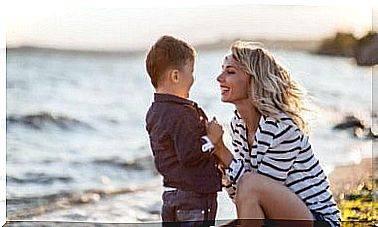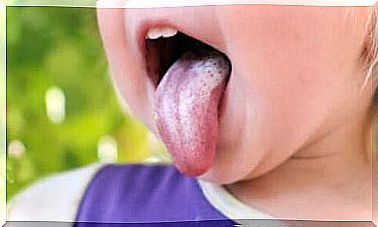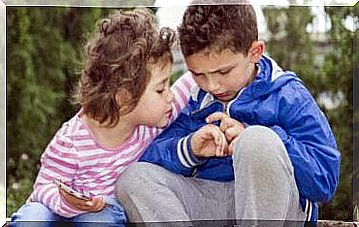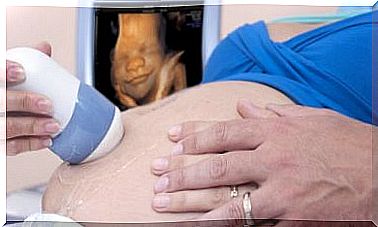The Influence Of Climate Change During Pregnancy – Being Parents
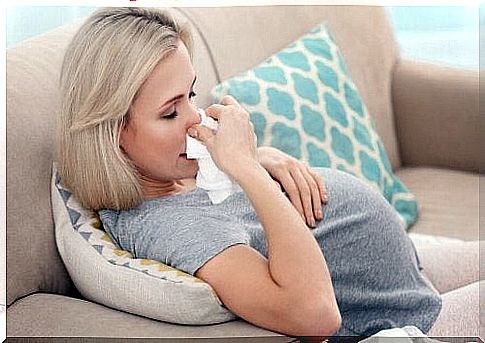
It seems hard to believe that weather changes during pregnancy can have an influence. Nevertheless, these can be harmful to the good development of the baby.
The climate can have multiple effects on our body and health. Pregnancy is therefore no exception. What are the risks of climate change? We walk you through some of the most common effects.
The effects of climate change during pregnancy
Weather changes during pregnancy can make heat waves more frequent and more severe. This could lead to dehydration and kidney failure during pregnancy.
If this happens early in pregnancy, it can affect the baby’s development. If, on the contrary, it occurs later, then premature delivery and low birth weight can be observed.
In addition, there are other risks that occur through the very interaction with our environment. Here are the most common consequences of climate change:
- Air pollution can lead to respiratory illnesses in pregnant women.
- Climate change could worsen air quality due to high temperatures. This would promote the formation of the ozone layer.
- Climate change increases the intensity of hurricanes and rains. This is why floods are more frequent. These increase exposure to toxins and mold.
- The quality of food can be affected by pollution. This can cause digestive problems in pregnant women.
- Natural disasters can affect pregnant women as well as mothers who have just given birth, causing stress. The former can thus suffer from premature childbirth.
Also read:
How to Avoid Premature Childbirth

Diseases caused by climate change
Climate changes during pregnancy can be really dangerous. Indeed, the diseases which can be contracted because of these inevitable natural phenomena are numerous. Nevertheless, it is indeed necessary to remain vigilant in the face of the symptoms of any of the following diseases.
Rift Valley fever
According to the World Health Organization, it is a viral zoonosis that mainly affects animals but can also be transmitted to humans. The virus is usually transmitted by the bite of the mosquito. The latter spreads faster with the onset of rains.
Bird flu
Storms and droughts are difficult to predict. Therefore, it is not known when the rainy season or the drought period will start. This has a direct influence on the migrations of birds and their natural course. This leads to the spread of bird flu.
Cholera
This disease is generally known as the “disease of the poor”. It is produced by the bacterium “Vibrio cholerae”. It is often spread through contaminated food and water. The widespread rise in water levels is causing the spread of the disease to increase.
Yellow fever
Changes in temperature lead to the arrival of mosquitoes which transmit this disease. There is currently a vaccine to prevent contagion but it will all depend on what your doctor tells you. It is recommended not to visit areas where the infection is present.
Intestinal parasites
These parasites are transmitted by water. Rising waters and rising temperatures allow them to survive longer as well as the spread of infection.

Lyme disease
This bacteria is transmitted through tick bites. The increase in temperatures makes it easier for these insects to survive. This disease is characterized by a rash and symptoms very similar to those of the flu.
Sleeping sickness
Sleeping sickness is spread by the tsetse fly, which is found in 36 countries. Children are the most affected by the infection, but also wild animals and the general population.
This fly is found near rivers, lakes, forests and in the savannah. Climate change has a major influence on the spread of this disease.
Ultimately, during pregnancy, it is essential that the mother keeps herself in good health and as far away as possible from any type of illness that could affect her health or that of her baby. If you notice too much climate change in the area where you live or in an environment where a virus can easily prepare, it is important to take preventative measures.
